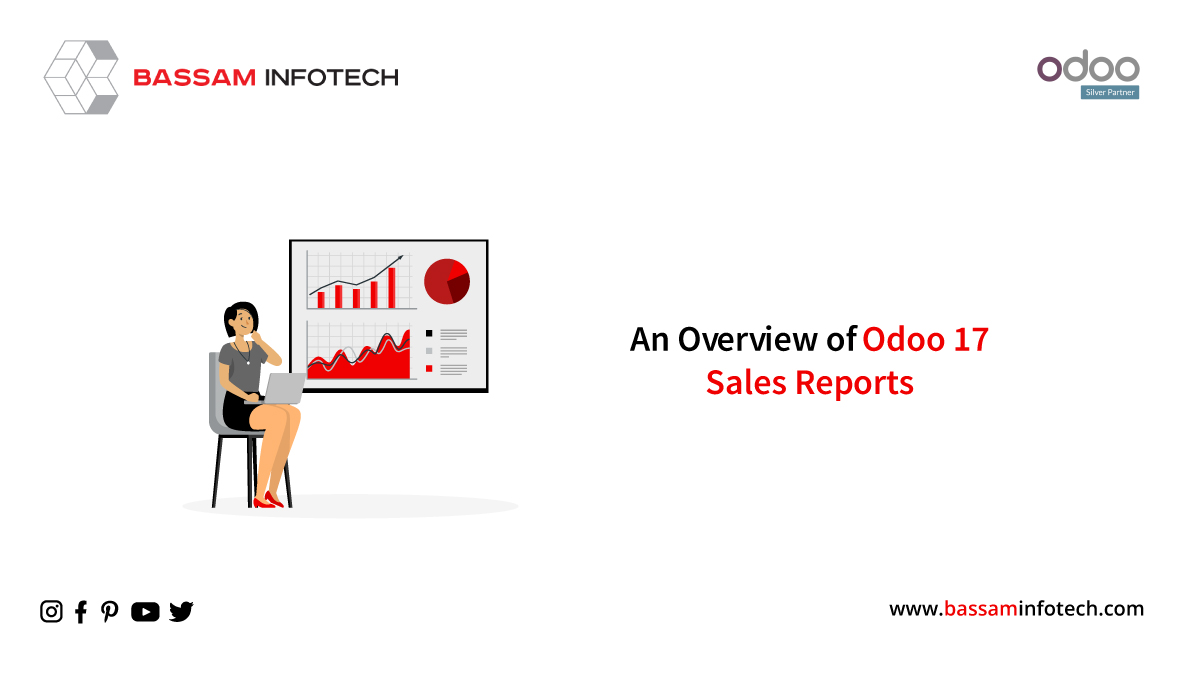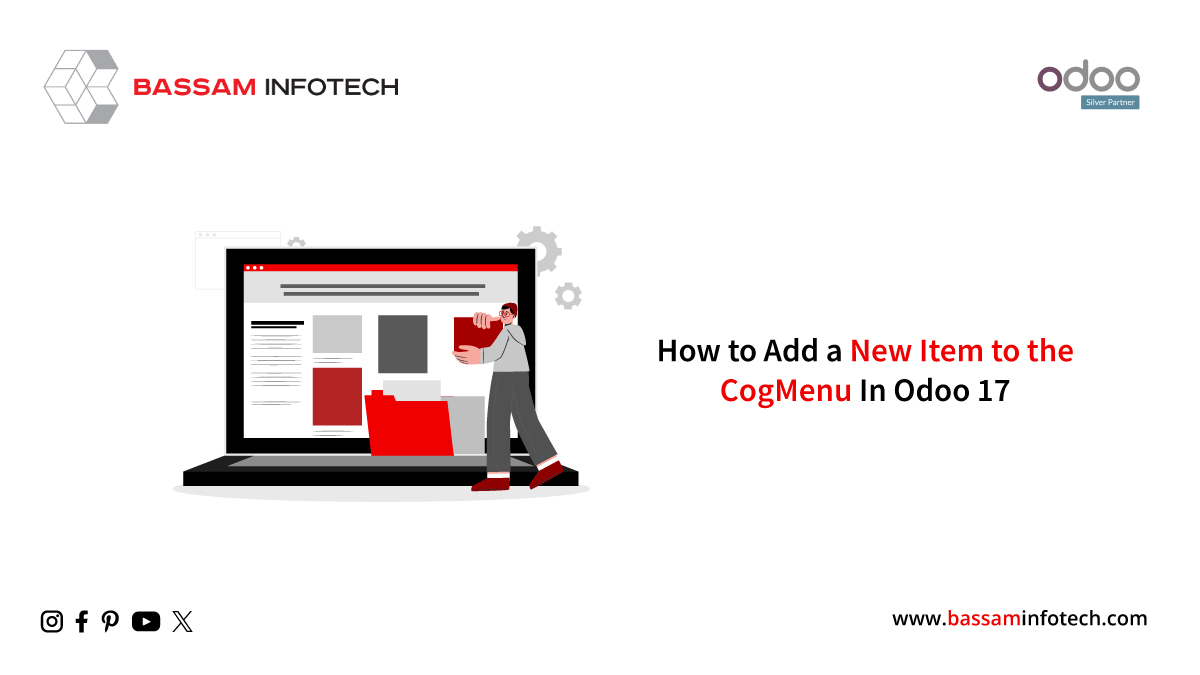How Products with Expiry managed using PLM module in Odoo| Product Life cycle Management in Odoo15

Product Lifecycle Managment
- Essentially, product life cycle management (PLM) involves managing the entire life cycle of a product, starting with its conception, moving through design and production to the disposal of the final product and its subsequent service. In this respect, they can understand PLM as a tool that provides control of a product record across all stages of development, such as conception, development, and production. A product life cycle management system allows a company to manage product data, including items, bill of materials (BOMs), and other relevant data.
- From the moment a product is born up to the moment, of its delivery or disposing of, managing its lifecycle is one of the most important functions for a manufacturing business. Manufacturers can access all product data in one place with a unified platform such as Odoo – so they always know what versions of their products they have. They can also share the data with other departments to facilitate accurate financial planning.
- With Odoo Product life cycle management, you can maintain BOMs and track product life cycles based on engineering change orders.
ERP AND PLM
- ERP and PLM systems complement each other, acting as tools that are collaborative and can support the various distinct needs of an organisation.
- The primary difference between these two interchangeable systems lies in their names; PLM is more focused on creating specific products or new lines of products.
- Enterprise resource planning (ERP) is specific to enterprises and involves tracking a business’s resources throughout a year/cycle. A PLM system stores product information such as design for production, while an ERP system, integrated with a PLM system, manages production resources.
- A PLM system stores product data such as design for production, and once it is ready to be manufactured, the ERP system manages production resources.
Request A Free Quote
Odoo Product Life cycle Management allows you to create ECOs (Engineering Change Orders) to accomplish the following:
- Able to make BOM revisions.
- MO routes can be also revised.
- Attach the BOM component.
- For any revision (BOM or Route), get multi-level approvals from higher authorities before changing MO
This blog summarizes the Odoo platform’s product lifecycle management.
- The user can install PLM from the applications module of the platform and can run lifecycle management operations.
- In the PLM overview menu, it showed once the user enters the PLM module.
- There are multiple filters and grouping options to retrieve the information and engineering changes pertaining to each operation.
When selecting an overview tab, the user will be shown the engineering changes related to that tab, as shown below. All engineering changes will be displayed here.
ECO Stages
It described the engineering change order stages for the operations in the ECO Stages tab of the configuration window. In this view, all the stages described are depicted and the user can choose to edit an existing one by filtering out the selected one using the various options. To create a new ECO stage, the user can use the Create option, then describe the name, type, and enable the various options. We can allocate approval to pass this order.
ECO Types
There is a list of engineering change order types in the ECO types menu under the configuration tab. You can create a new type by providing the name and email domain for the type.
"Unlock the Full Potential of Your Business with Odoo ERP!"
"Get a Cost Estimate for Your ERP Project, Absolutely FREE!"
Get a Free Quote


